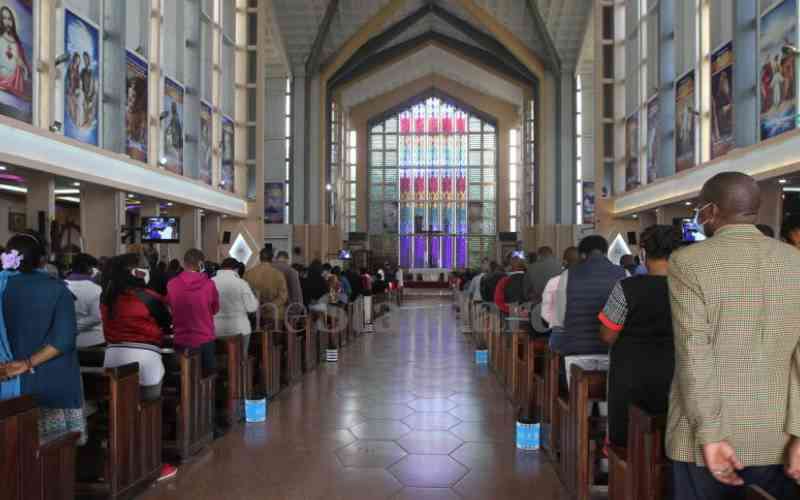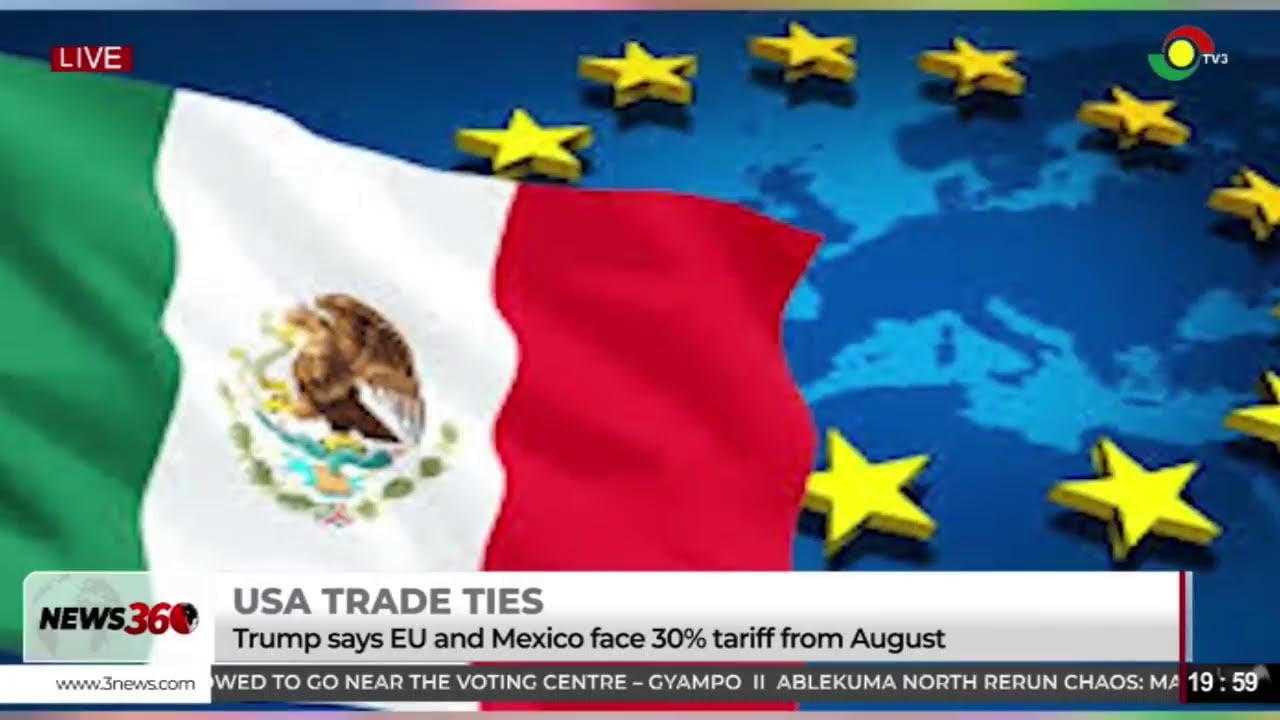Smart Travel Uncovering Hidden Gems Amidst Tourist Restrictions
The quest for genuine travel experiences away from the well-trodden paths continues to evolve significantly into mid-2025. While digital platforms increasingly promise access to lesser-known locales, the real challenge now lies in discerning truly unique spots amidst a sea of digitally 'discovered' places. Many seasoned travelers are shifting focus, not just on finding an empty beach or quiet village, but on engaging with destinations that genuinely thrive on sustainable visitor engagement rather than mass appeal. This new phase encourages deeper immersion, often favoring multi-day explorations within a micro-region, or seeking out community-led initiatives that intentionally limit visitor numbers. The objective isn't just solitude, but a richer, more responsible connection with the destination and its people.
It appears logical that destinations with fewer people offer a lower likelihood of encountering airborne transmission of illnesses, a simple statistical advantage when considering public health in varied environments. This isn't about avoiding travel, but rather about making informed choices based on a basic understanding of crowd dynamics.
Studies in neuroscience indicate a clear correlation between exposure to less populated natural environments and measurable physiological benefits. Reductions in cortisol levels, a key stress hormone, have been observed, alongside improvements in areas like divergent thinking and sustained attention, pointing to a restorative effect beyond mere relaxation.
Analysis of contemporary airline pricing models reveals their reliance on predictive algorithms that continually assess passenger demand. Routes historically exhibiting lower traffic volumes are often dynamically priced to attract fliers, which, for a traveler willing to venture beyond primary hubs, can translate into notable savings driven purely by supply-demand mechanics.
Research into the ecological and social carrying capacity of popular tourist areas consistently demonstrates the strain overtourism places on local infrastructure and natural systems. Choosing locations that see less visitor traffic isn't just a preference for tranquility; it's a decision that, according to observed data, supports more sustainable tourism practices and reduces pressure on fragile environments and cultural sites.
Major hospitality groups are, according to their investment patterns, re-evaluating their property portfolios. Utilizing extensive demographic and trend analytics, there's a discernable shift towards developing smaller, more unique lodging concepts in areas previously overlooked. This indicates a calculated move to capitalize on the increasing traveler preference for distinct, less congested accommodation experiences, although it sometimes comes with a premium for that perceived exclusivity.
What else is in this post?
By mid-2025, air travel and hotel operations are charting new courses, moving beyond mere reactive adjustments to traveler preferences. Airlines are exploring smarter network designs that connect less-trafficked regions more fluidly, while also rethinking the on-board experience for evolving passenger expectations. Concurrently, the hospitality industry is embracing novel concepts for accommodation, emphasizing immersive local engagement and leveraging adaptive technologies to offer a more tailored and less conventional stay.
Observations within contemporary aircraft cabin environments highlight the sophisticated engineering behind their air purification systems. As of mid-2025, commercial aviation largely relies on HEPA filtration, capable of filtering nearly all microscopic airborne particulates, including biological agents. This consistent, high-volume air turnover within the cabin interior establishes an atmospheric quality on par with certain medical facilities, inherently mitigating the spread of airborne contaminants during flight. While effective, the design doesn't account for surface transmission or individual passenger interactions, representing one aspect of overall travel safety.
Examination of airport logistical performance often reveals a significant operational advantage in opting for smaller, regional airfields over primary international gateways. Data consistently shows expedited transit times through security checkpoints and border controls at these secondary locations. This efficiency is directly attributable to the design of passenger processing protocols and the inherently reduced volume of daily traffic, facilitating a less congested and often less stressful travel experience. However, the limited route network from such airports can sometimes necessitate additional connecting legs, potentially offsetting initial time savings.
In the realm of aeronautical operations, an observable trend involves the expanding deployment of advanced algorithmic systems for dynamic flight path optimization. Airlines are leveraging artificial intelligence to process real-time meteorological conditions and air traffic patterns, resulting in more direct and fuel-efficient trajectories. This refined routing capability demonstrably reduces fuel burn, subtly but persistently contributing to lower operational expenditures and enhancing the overall economic viability of air services. While the direct benefit is primarily economic for carriers, this also implies a marginal reduction in emissions per flight, a consequence not always explicitly marketed but nevertheless present.
Within the hospitality sector, a discernible technological shift is occurring with the integration of smart circadian lighting systems into guest accommodations. These advanced installations are designed to modulate the color temperature and luminous intensity of in-room lighting across the diurnal cycle, synchronizing with the human body’s natural sleep-wake rhythm. Scientific studies consistently indicate that such light manipulation can contribute to enhanced sleep patterns and potentially accelerate recovery from trans-meridian travel fatigue, or 'jet lag'. However, the full efficacy is dependent on individual guest behavior and consistent use, and not all hotel properties offer this feature uniformly across their inventory.
Observing contemporary hotel management practices reveals an increasing embrace of sensor-driven technologies for optimizing room maintenance. These systems facilitate a 'dynamic housekeeping' model, where cleaning services are initiated only upon guest departure or when real-time occupancy metrics indicate a specific need for intervention. This adaptive strategy yields significant gains in operational efficiency for the establishment while concurrently leading to a measurable reduction in resource consumption, particularly water and energy, on a per-stay basis. Yet, questions occasionally arise regarding the balance between this efficiency and the traditional expectation of daily room refreshing, sometimes leading to guest confusion if not clearly communicated.
The prevailing travel landscape encourages an intelligent approach to journey planning, with the strategic application of airline and hotel loyalty programs becoming a notable pathway to flexible itineraries. As major carriers and accommodation providers continue to evolve their membership structures, a discerning traveler can increasingly leverage accumulated points and miles to craft personalized trips. This method not only facilitates access to unique travel encounters but also allows for nimble adjustments to plans, an undeniable advantage in today's dynamic global movement. However, the tangible benefits of these programs are far from uniform; some platforms offer significantly more favorable earning rates and versatile redemption choices than others, which calls for careful scrutiny from those looking to participate. Ultimately, unlocking the full potential of these schemes, ensuring both fiscal prudence and a more enriching experience, hinges on a deep understanding of their individual mechanics and occasional hidden complexities.
Within the realm of contemporary travel, the strategic utilization of loyalty programs has evolved into a sophisticated exercise, particularly in the context of achieving greater itinerary flexibility. Observing the operational mechanics of these programs, especially those tied to major airlines, reveals an interesting undercurrent: their systems are not simply tallying points but are deploying intricate computational models. These models actively forecast 'breakage' rates—the statistically predicted percentage of accumulated loyalty currency that will ultimately remain unredeemed. This predictive capability directly influences the dynamic valuation of points and, critically, the fluctuating availability of award inventory offered to members, which in turn dictates how truly flexible their redemption options can be.
Further insights from behavioral economics studies illuminate a consistent human response to system changes. When a perception of scarcity or impending devaluation of loyalty points emerges, perhaps spurred by announced program adjustments, it frequently triggers an accelerated increase in redemption activity. This phenomenon often prompts members to prioritize immediate travel plans, rather than holding onto their points for a prolonged period, leading to short-term surges in demand for reward travel within the program.
Examining the structure of high-tier elite status within prominent airline and hospitality loyalty frameworks exposes a strategic operational design: a distinct, dynamically reserved segment of inventory is made available exclusively for award redemptions by these top-tier members. This preferential allocation mechanism is more than a mere courtesy; it represents a precisely calibrated approach engineered to cultivate and reward sustained engagement, having been statistically proven to bolster long-term customer retention beyond the immediate transactional advantages often perceived by the user.
A fascinating aspect arises when considering the varying transfer ratios observed between different loyalty programs and their associated partners. These conversion rates are often less about a direct monetary conversion and more a consequence of complex inter-corporate revenue-sharing agreements. These agreements are, in turn, frequently informed by extensive historical data analysis of cross-program redemption patterns. This underlying structure creates an environment where a diligent member, understanding these non-linear conversions, can strategically arbitrage points for perceived optimal value, a nuanced practice that is certainly not always immediately transparent.
Most notably, the widespread policy shift by major carriers to eliminate change fees for loyalty redemptions has demonstrably altered booking behaviors. Internal data consistently indicates a noticeable statistical increase in initial 'speculative' bookings, frequently followed by subsequent itinerary modifications. While this change undeniably augments the member's flexibility and perceived control over their travel plans, it simultaneously introduces considerable challenges for the carriers' inventory management systems, straining their ability to maintain predictable capacity planning and revenue optimization.
You may also like...
Diddy's Legal Troubles & Racketeering Trial

Music mogul Sean 'Diddy' Combs was acquitted of sex trafficking and racketeering charges but convicted on transportation...
Thomas Partey Faces Rape & Sexual Assault Charges

Former Arsenal midfielder Thomas Partey has been formally charged with multiple counts of rape and sexual assault by UK ...
Nigeria Universities Changes Admission Policies

JAMB has clarified its admission policies, rectifying a student's status, reiterating the necessity of its Central Admis...
Ghana's Economic Reforms & Gold Sector Initiatives

Ghana is undertaking a comprehensive economic overhaul with President John Dramani Mahama's 24-Hour Economy and Accelera...
WAFCON 2024 African Women's Football Tournament

The 2024 Women's Africa Cup of Nations opened with thrilling matches, seeing Nigeria's Super Falcons secure a dominant 3...
Emergence & Dynamics of Nigeria's ADC Coalition

A new opposition coalition, led by the African Democratic Congress (ADC), is emerging to challenge President Bola Ahmed ...
Demise of Olubadan of Ibadanland
Oba Owolabi Olakulehin, the 43rd Olubadan of Ibadanland, has died at 90, concluding a life of distinguished service in t...
Death of Nigerian Goalkeeping Legend Peter Rufai

Nigerian football mourns the death of legendary Super Eagles goalkeeper Peter Rufai, who passed away at 61. Known as 'Do...






